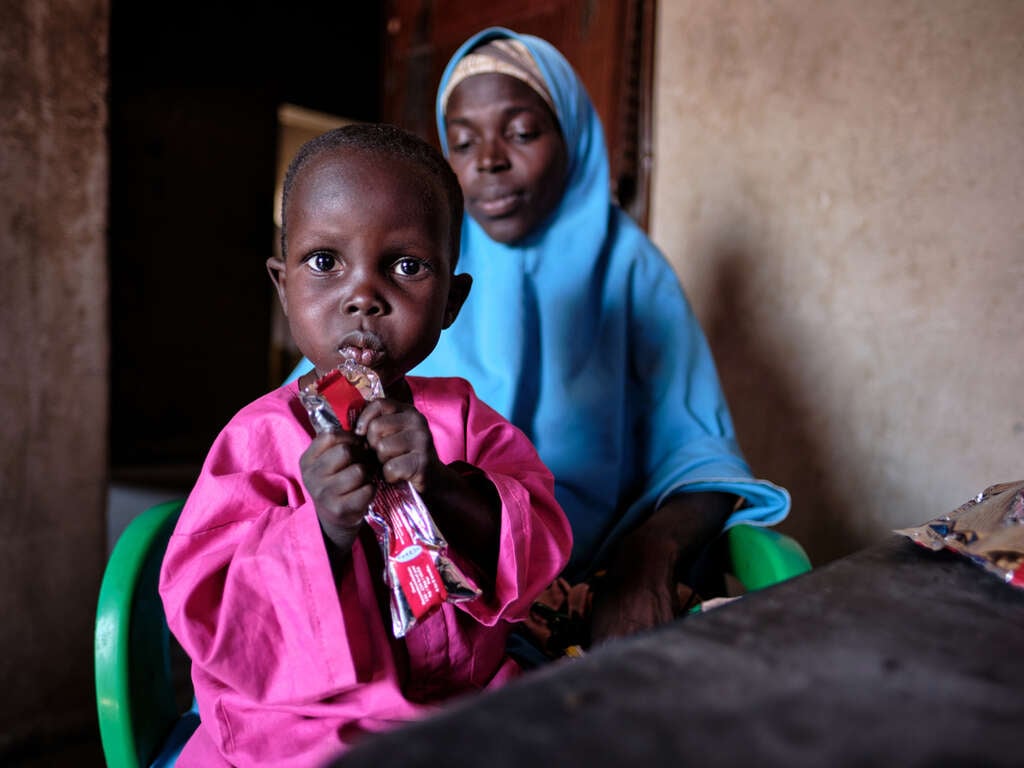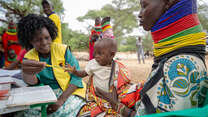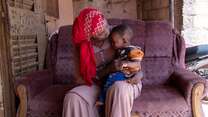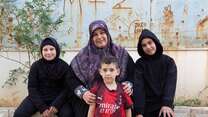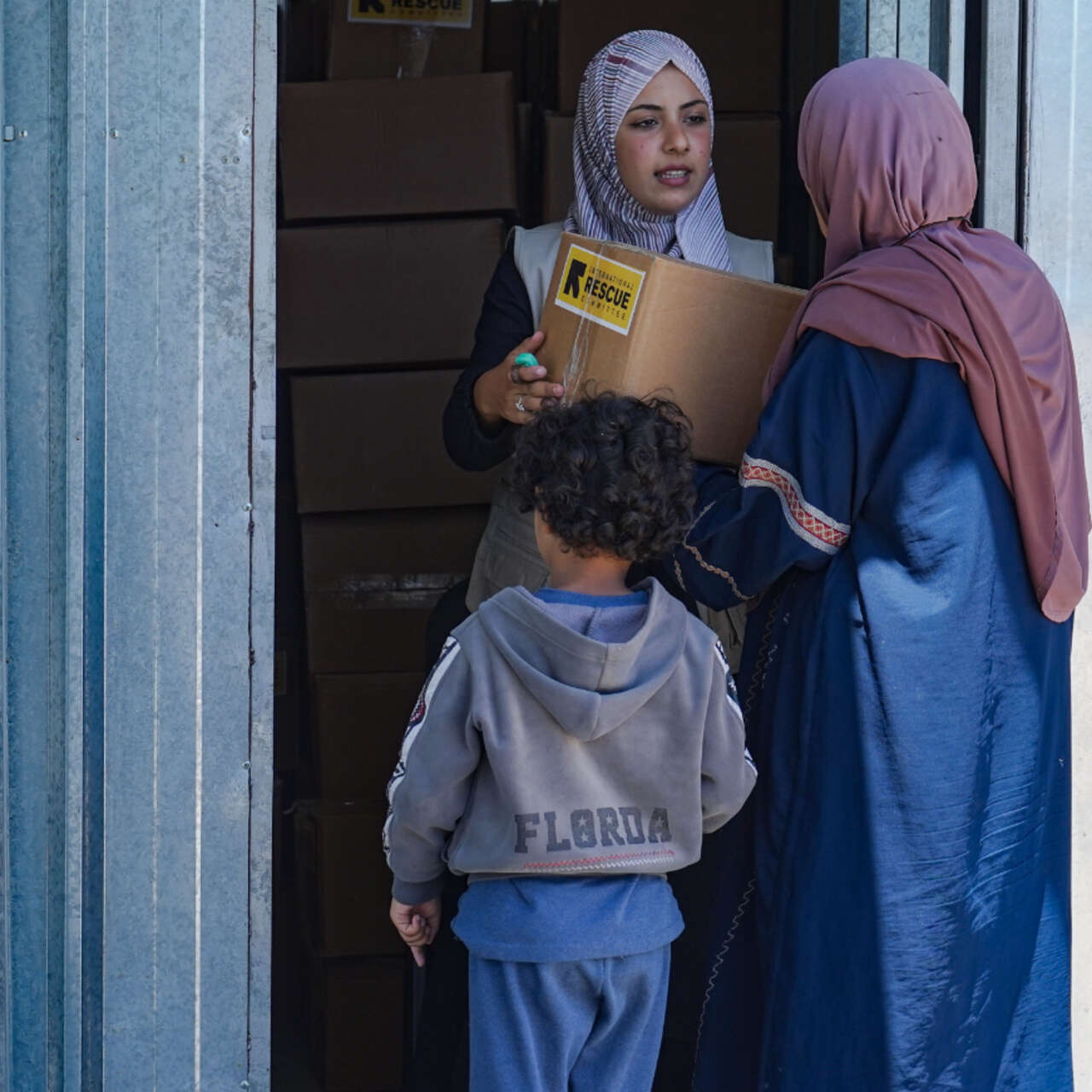
Nearly 300 million people around the world rely on humanitarian aid, yet global funding is facing unprecedented cuts. In 2024 alone, a staggering $25 billion gap emerged between the funds needed for United Nations appeals and the contributions received. This shortfall is projected to more than double in the coming years.
Until recently, the U.S. was the world's largest aid donor, playing a critical role in international assistance. The country contributed nearly 30% of the global aid budget and funded 43% of worldwide humanitarian needs. Yet, despite public perception, foreign aid accounted for only around 1% of the overall U.S. federal budget.
In 2025, aid cuts by the White House, along with reductions by other nations, have had an outsized impact, jeopardizing essential services and weakening global health security.
The International Rescue Committee’s (IRC) latest analysis identifies 13 countries most affected by these funding cuts. These nations face a dangerous combination of conflict, climate change, extreme poverty, and crippling debt, creating a perfect storm of vulnerability.
The 13 hardest hit countries—and why
Based on a comprehensive analysis of vulnerability indicators, these 13 countries face the most severe impacts from aid cuts:
- Afghanistan
- Burkina Faso
- Central African Republic (CAR)
- Chad
- Democratic Republic of Congo (DRC)
- Ethiopia
- Haiti
- Mali
- Mozambique
- Somalia
- South Sudan
- Sudan
- Yemen
Ten out of these 13 countries are in Africa, where the intersection of conflict, climate crises, and economic struggles creates the most severe challenges.
All 13 countries share critical vulnerabilities that make aid cuts especially devastating.
Extreme hunger and malnutrition
In many of these countries, at least 25% of the population is experiencing crisis-level food insecurity. In four nations—Haiti, South Sudan, Sudan and Yemen—nearly half the population is suffering from severe hunger. Families are already making impossible decisions to cope, often skipping meals, going days without food, and selling possessions to afford something to eat. Additionally, eight of these countries are home to over 7 million children struggling with acute malnutrition.
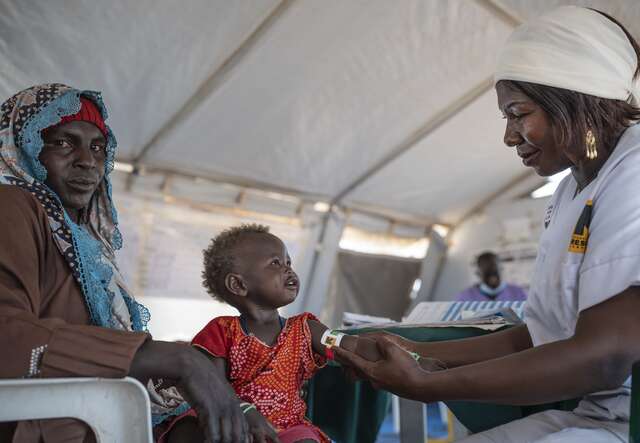
Worsening health systems
Out of 13 countries, 10 rank among the bottom 20 globally for measles immunization rates, highlighting a critical gap in disease prevention. This issue is even more alarming as climate change continues to heighten the risks of infectious diseases, further compromising global health efforts.
Poverty concentration
Thirteen countries account for over 29% of the global population living in extreme poverty, surviving on less than $2.15 per day. Despite this, they receive only 9% of the ODA budget from donor nations, highlighting a significant gap in aid distribution to those who need it most.
Climate vulnerability
In 2024, climate disasters directly impacted 4 million people across Chad and the Democratic Republic of Congo. Additionally, at least 250,000 people in Afghanistan, Mali, South Sudan and Sudan were affected by climate-related events.
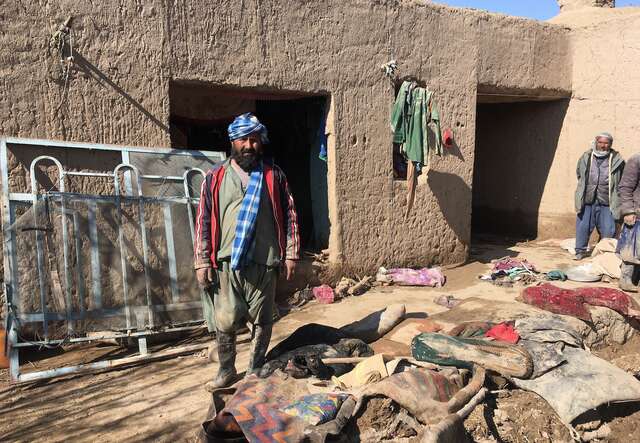
Conflict and violence
The World Bank classifies each of the 13 countries, except Chad, as conflict-affected. In 2024, civilian fatalities ranged from 186 in Mozambique to a staggering 4,000 in Sudan. Furthermore, six of these nations are among the top 10 worldwide for attacks on aid workers, highlighting the severe challenges faced in these regions.
Protection risks for women and girls
Each of the 13 countries ranks in the bottom 25% of the Women, Peace, and Security Index, highlighting significant global challenges in gender equality and safety. In nine countries, at least 25% of women have survived intimate partner violence, while in three of these nations, nearly half of all women have experienced such abuse. These statistics underscore the urgent need for action to address violence against women and promote their security worldwide.
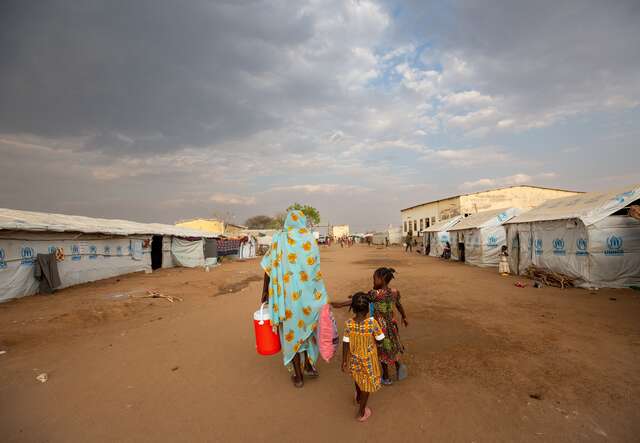
Funding shortfalls and access challenges
In 2024, humanitarian response plans for these 13 countries received, on average, less than 50% of the required funding, leaving critical needs unmet. Access to humanitarian aid remains severely restricted, with barriers ranked at extreme levels in most of these areas. Alarmingly, six of these nations are among the top 10 globally for attacks on aid workers, further jeopardizing relief efforts.
Additionally, eight out of the 13 countries face the added challenge of regions, or even their entire territories, being controlled by unrecognized de facto authorities. This significantly complicates both the delivery of humanitarian aid and diplomatic engagement, exacerbating the crisis.
How the international community can respond
With global aid budgets shrinking and needs rising, the international community must rethink how it delivers aid to ensure it reaches those most at risk and generates the greatest impact. The IRC follows a roadmap for doing more with less—by prioritizing evidence-based strategies and adapting to today’s complex crises.
Prioritize where needs are greatest: Aid should focus on countries facing the greatest risks, such as violent conflict, climate shocks, poverty, and debt. Despite hosting over a quarter of the world’s extreme poor, these nations receive less than 10% of global aid. A data-driven, transparent approach is critical to ensuring limited resources reach those who need them most.
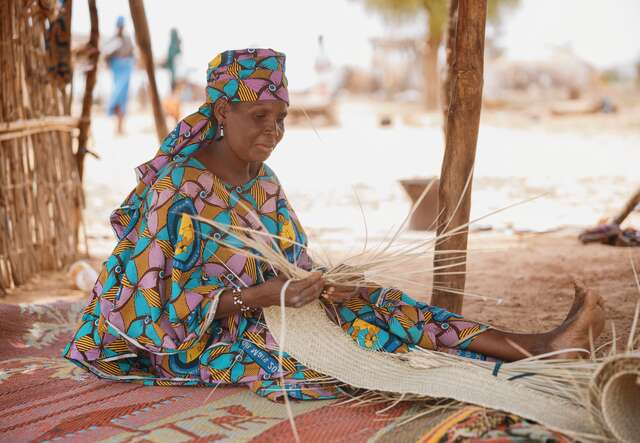
Invest in proven solutions: Maximizing aid impact means scaling up proven, cost-effective solutions. These include community health workers, simplified malnutrition treatments, and digital cash transfers empowering people to meet their own needs. Anticipatory climate action is also key—IRC’s early cash transfers in flood-prone Nigeria protected livelihoods and reduced long-term harm, proving prevention is more effective and economical than reaction.
Protect access to affected communities: In many vulnerable countries, humanitarian access is increasingly restricted by violence, political fragmentation or lack of diplomacy. Aid workers face serious risks, and essential services are often out of reach for those in need. The international community must provide flexible, long-term funding and use diplomacy to uphold humanitarian access in complex areas. Investing in access negotiation and risk management is a cost-effective way to ensure aid delivery continues, especially when development actors are absent.
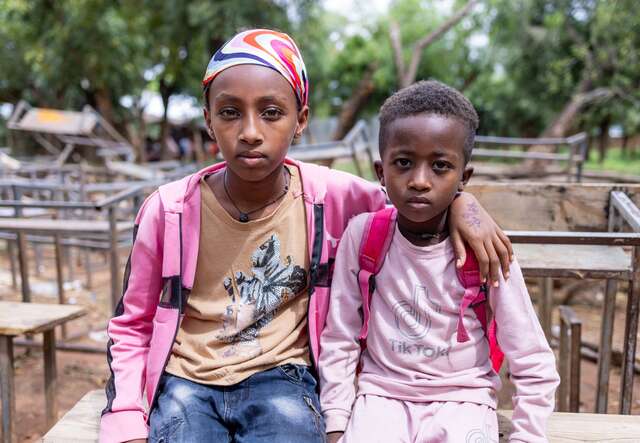
Empower local responders: Local organizations, especially women-led and community-based groups, are vital for effective aid delivery due to their deep understanding of local needs. However, many face severe funding cuts, with some shutting down up to 90% of programs. Supporting locally led responses means shifting power, building capacity and ensuring direct funding. The IRC's Partnership Excellence for Equality and Results System (PEERS) offers comprehensive guidance and tools to foster effective partnerships. Recognized by donors and partners as a best practice and a model approach, PEERS is noted for its role in strengthening local capacity and delivering impactful results.
Create smarter financing: To address rising needs with shrinking aid, financing models must adapt. Donors should prioritize grant-based aid for crisis-hit countries and commit to flexible, multiyear funding for quick responses. The sector must also explore all options, including innovative financing. These solutions bring new funding and help stabilize vulnerable communities before crises escalate.
By adopting these strategies, the global aid community can ensure that every dollar goes further, reaching those most in need and fostering sustainable recovery.
The impact of inaction
Failing to respond to today’s overlapping crises—conflict, climate change, poverty and aid cuts—will cost lives and undo decades of progress. Already, severe funding shortfalls have forced the closure of food programs in Sudan, halted education and health services in Chad, and left millions without protection or support.
Inaction not only deepens suffering—it increases the risk of global instability, cross-border displacement and future pandemics. The longer we wait, the higher the human and financial costs will be.
How to help
The new era of reduced aid will bring difficult decisions. However, by prioritizing where aid goes, investing in proven interventions, empowering local responders and implementing smarter financing strategies, we can ensure that available resources have the maximum impact for those most in need.
With collective action, we can prevent this funding crisis from becoming an era of unprecedented suffering and instead set a path toward sustainable relief and long-term resilience for the world's most vulnerable populations.
- Donate: Financial contributions are key for trusted organizations like the IRC, which deliver humanitarian aid to crisis-stricken communities around the world. Your donation can help people survive, recover and rebuild their lives.
- Get connected: Follow our Instagram, LinkedIn, Facebook and X accounts.
- Stay informed: Learn more about the world’s most pressing crises and what the IRC is doing to help.
